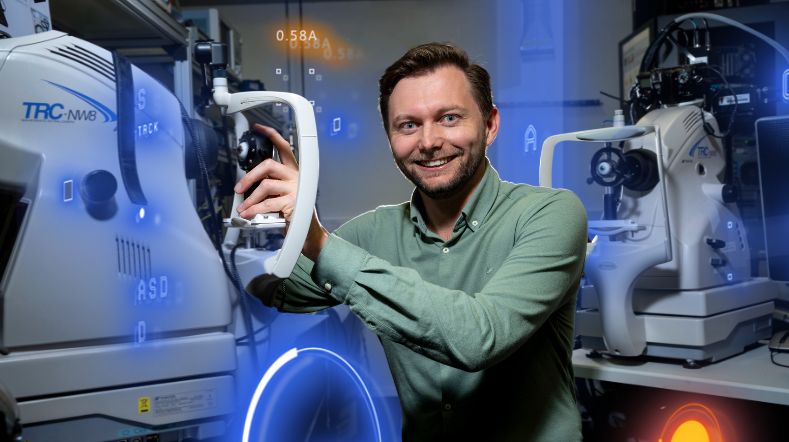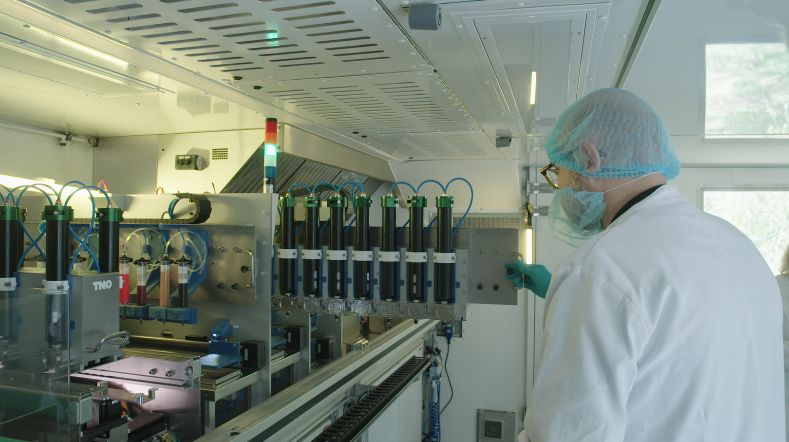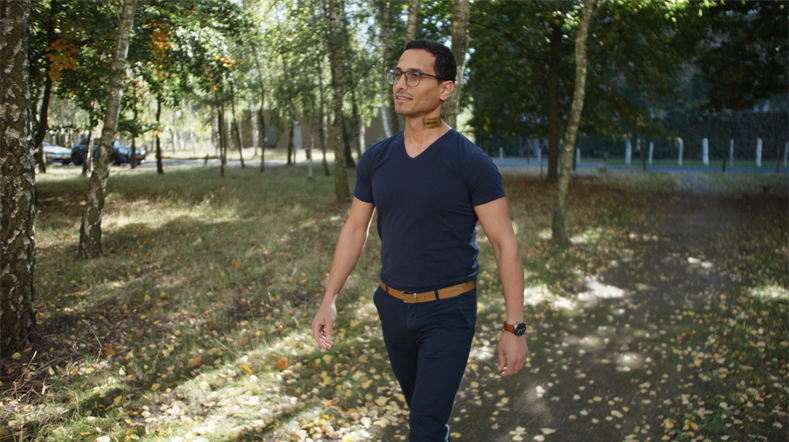Flexible and free-form products
Food and medicine from 3D printers are well-known examples of flexible and free-form products. These products help advance human development and industry. Discover our knowledge and expertise.

More then 25 years of experience with flexible and free-form products
Flexible and free-form products are the key to pioneering technologies and applications that will create new value chains and improve people's overall health.
Our latest developments
9 resultaten, getoond 1 t/m 5
TNO spin-off AIKON Health secures €1.2 million seed round to advance remote heart failure monitoring
AIKON Health, TNO’s spin-off in digital health, raises €1.2 million in seed round!


Developing accurate and inclusive medical devices


3D printed food: the future of personalised nutrition


TNO develops ultrasound patch for organ monitoring


Time setters: wearables that monitor your health


